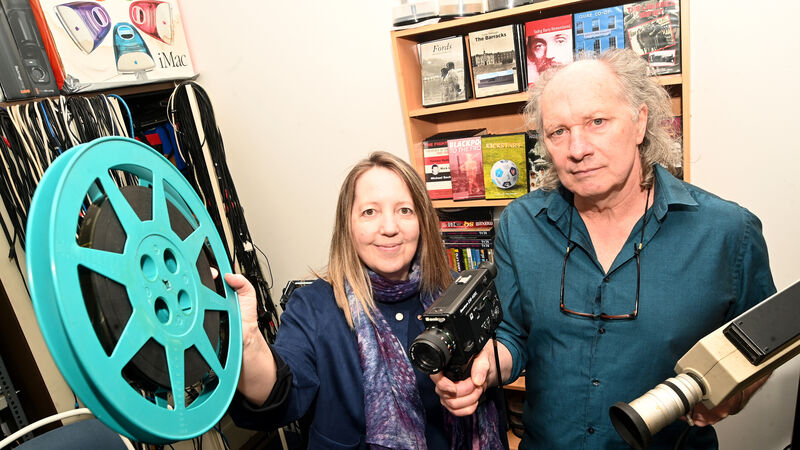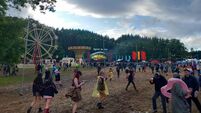Emma Bowell and Eddie Noonan: Capturing the city of Cork on film for three decades

Emma Bowell and Eddie Noonan of Cork Community Television at Cork Community Media Hub at Hollyhill. Picture: Larry Cummins
Filmmakers Emma Bowell and Eddie Noonan have been telling the stories of Cork for almost three decades, forging connections with communities around the city through their work with Framework Films and Cork Community Television.
The couple are driven by a passion to document the social and cultural history of the city for future generations and have also built up a substantial archive of material which they have filmed or acquired from donations.




